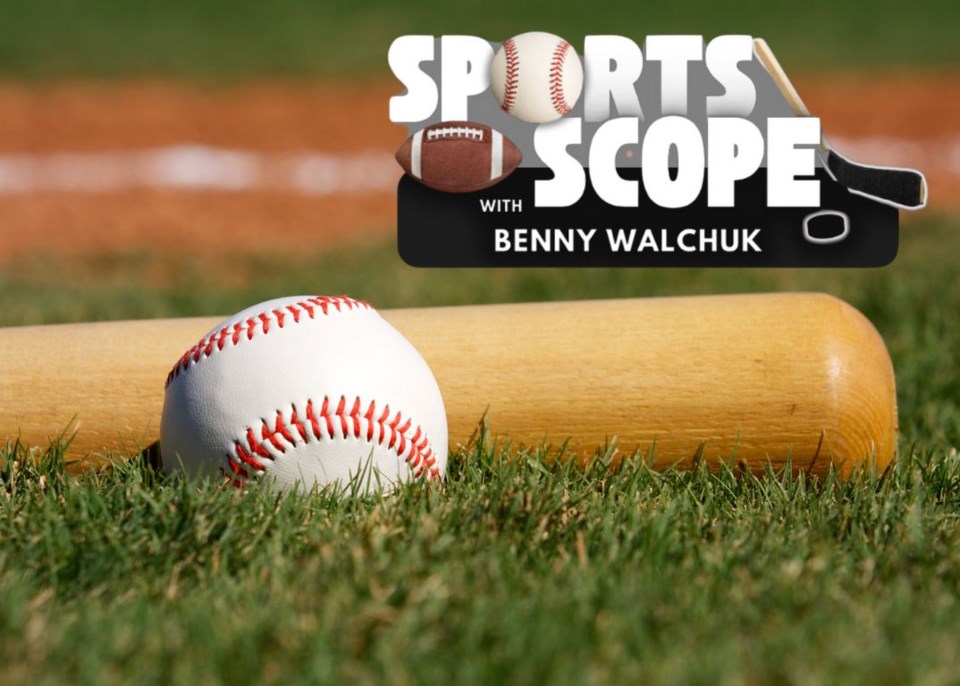Few rules in baseball stir as much debate as the designated hitter (DH). First used in the American League in 1973 and adopted league-wide in 2022, the DH lets a player hit in place of the pitcher — a change some say improves the game, while others believe it weakens baseball’s strategy and tradition.
Critics argue the DH takes away from the game's depth. Before it was universal, managers had to think through pinch-hitting, double switches, and when to pull a pitcher. Watching a pitcher contribute offensively — even just laying down a bunt — was part of the charm.
Others believe the DH encourages too much specialization. In a sport that should reward all-around athletes, having a hitter who never fields feels like a step back.
Supporters, however, see the DH as a smart move. Pitchers aren’t trained hitters, and forcing them to bat adds injury risk without much benefit. The DH also extends careers and boosts offense, giving fans more excitement and big moments at the plate.
Is the DH rule useless? No. It’s not perfect, but it reflects a shift in how we view the game — trading strategy and tradition for safety and entertainment. Whether you like it or not, the DH is now part of baseball’s future.



